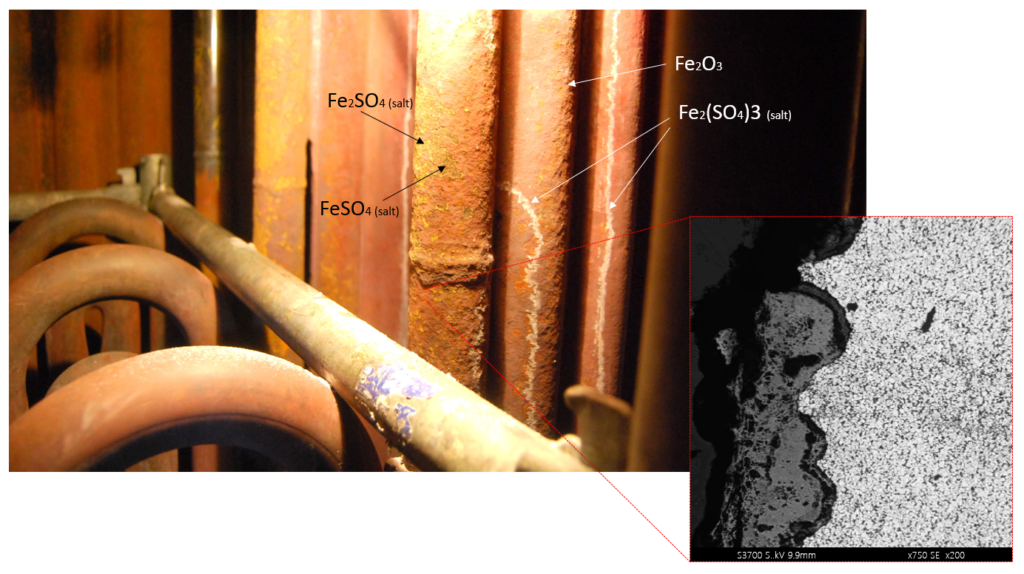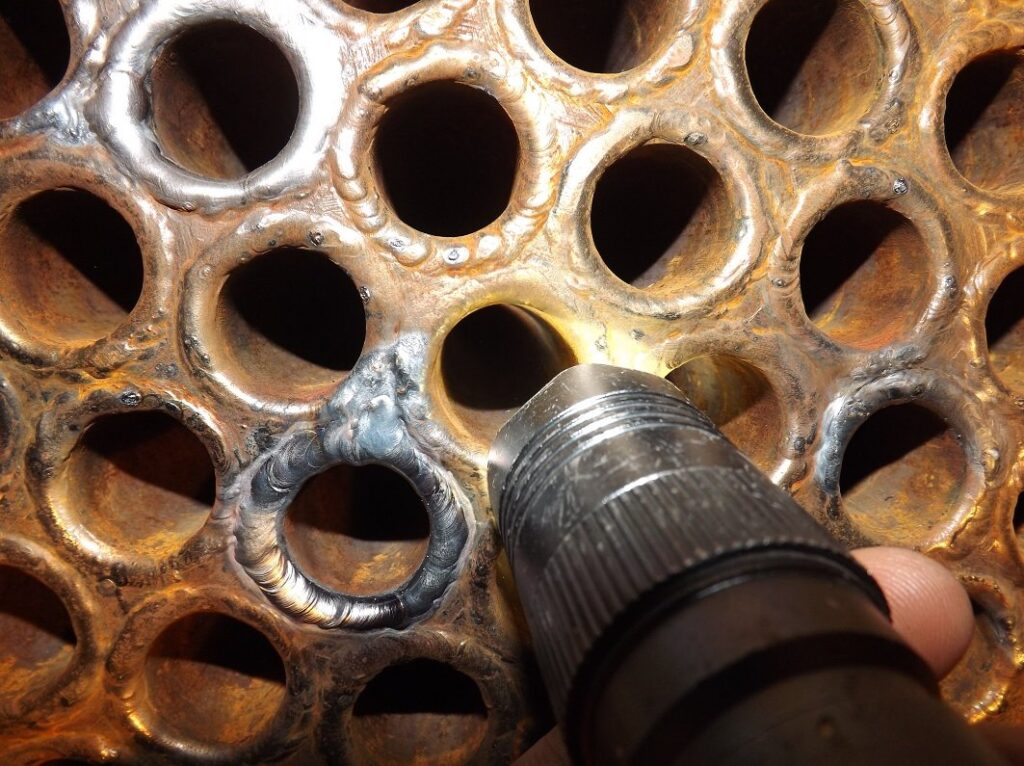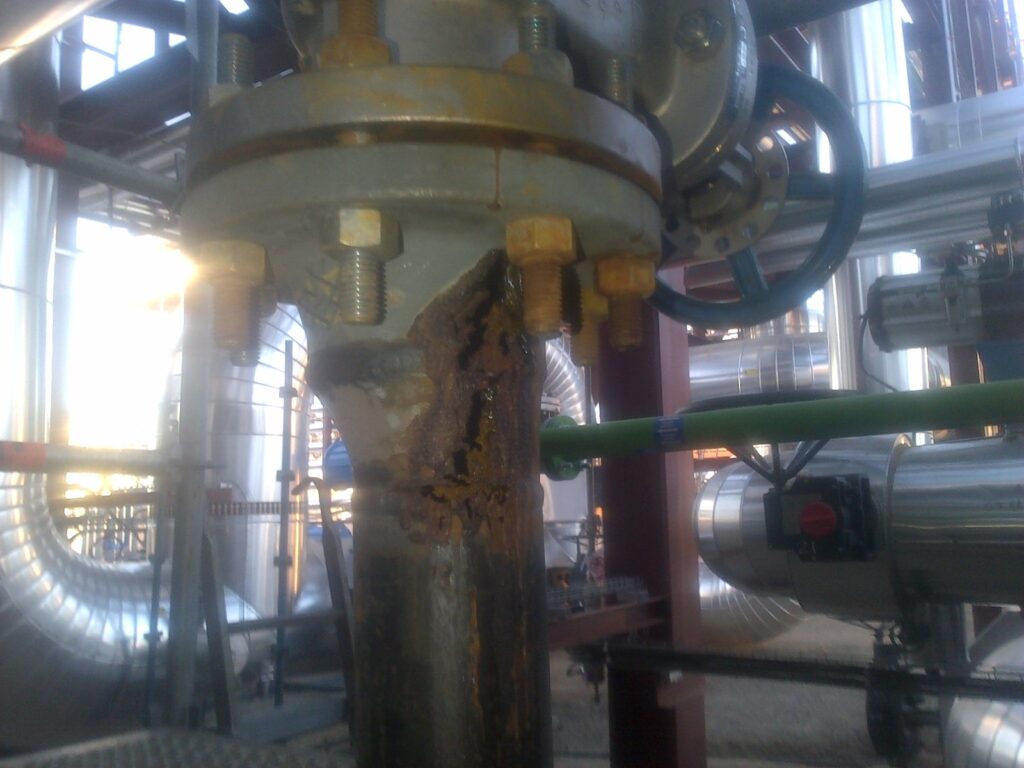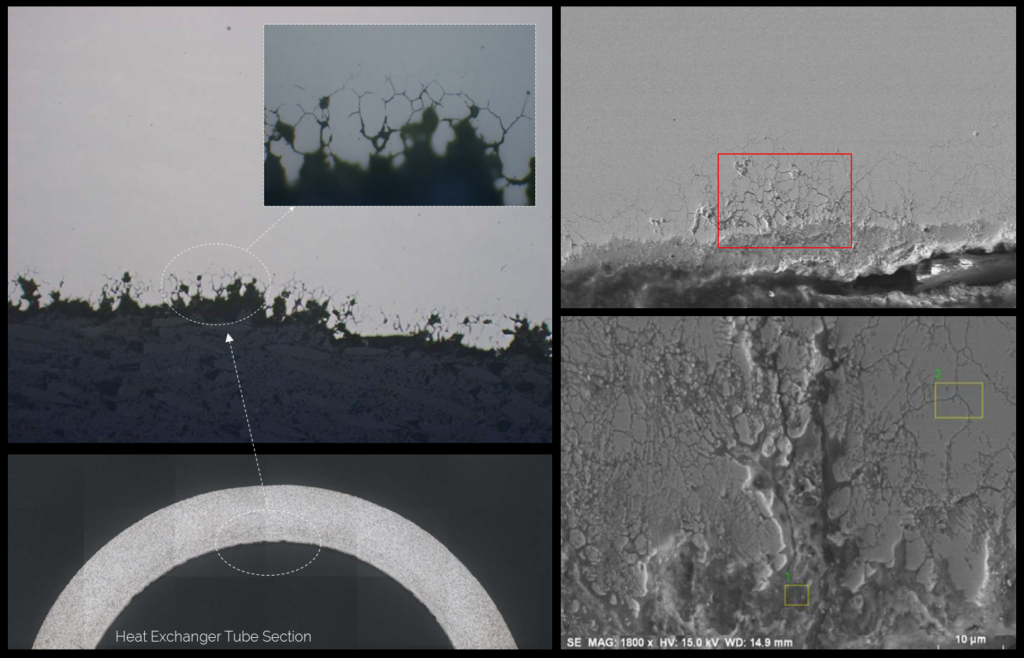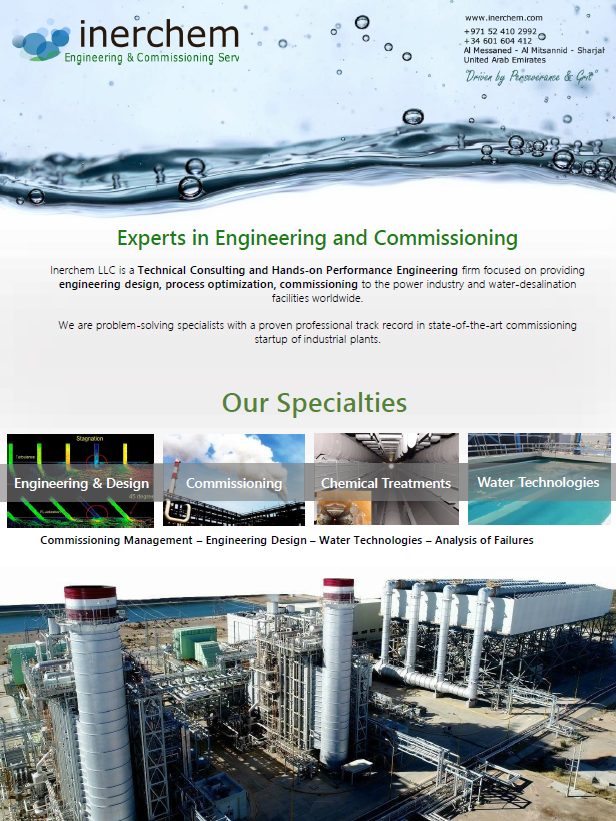Back-End Corrosion
Back-End Corrosion Background When sulphur is present in natural gas, the average content is generally around 0.01% and it comes in the form of hydrogen sulfide. Problem Even in small quantities, sulfides will react with atomic oxygen in the flame zone of the combustion chamber to be converted to sulphur dioxide and subsequently oxidized to […]
Back-End Corrosion Read More »
